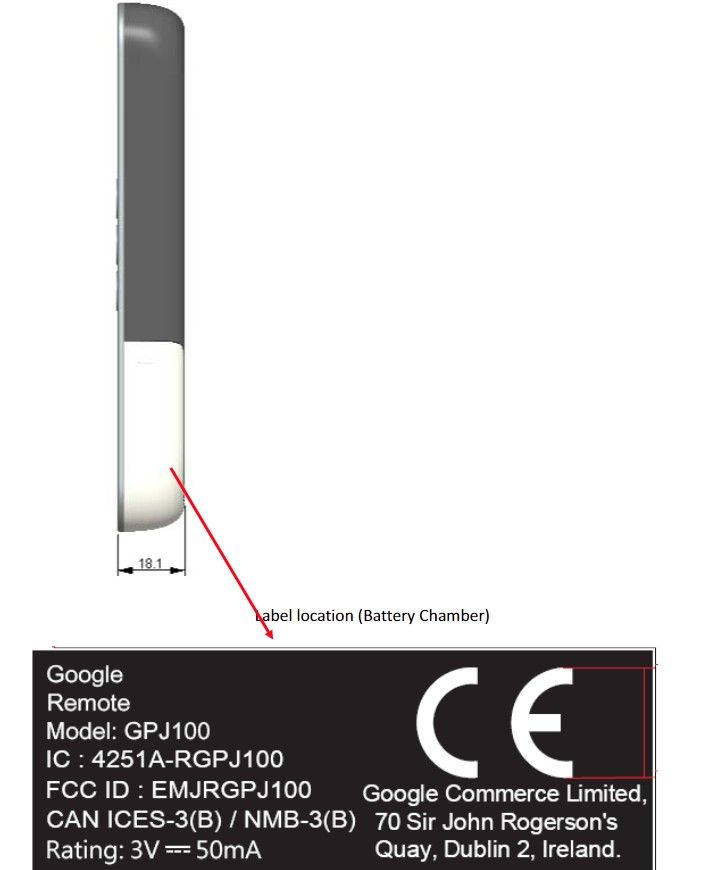The OnePlus 5 and OnePlus 5T were launched in June 2017 and November 2017 respectively. OnePlus followed up with plenty of more devices since then, and their device portfolio has been growing ever since. Back in June 2018, OnePlus had announced its software maintenance schedule, promising two years of Android version upgrades and another year of security updates. This means that Android updates for the OnePlus 5/5T should have ceased in November 2019, and security updates should cease after November 2020. On the plus side, OnePlus did mention that the OnePlus 5/5T will receive its OxygenOS Android 10 update in Q2 2020.

OnePlus 5 XDA Forums || OnePlus 5T XDA Forums
Meanwhile, the company is going along with security updates for the device. The OnePlus 5 and OnePlus 5T have received OxygenOS 9.0.11 builds which include February 2020 security patches.


The update changelog is not too verbose on the changes incorporated within this update, opting for a generic “system stability and bug fixes” instead. This OxygenOS 9.0.11 follows along similar releases in the form of OxygenOS 9.0.10 and 9.0.09.
As always, this will be a staged rollout. A few users will be receiving the update at random, and if no critical issues are found, the update will be rolled out to more users over the days. However, if you cannot wait, you can also sideload the update as we have provided download links for the same.
OxygenOS 9.0.11 Download Links
OnePlus 5
OnePlus 5T
Please refer to device subforums for installation instructions.
Thanks to XDA Senior Member Some_Random_Username for the download links!
The post OxygenOS 9.0.11 for the OnePlus 5/5T brings February 2020 security patches appeared first on xda-developers.
from xda-developers https://ift.tt/2wPRQ7i
via IFTTT




